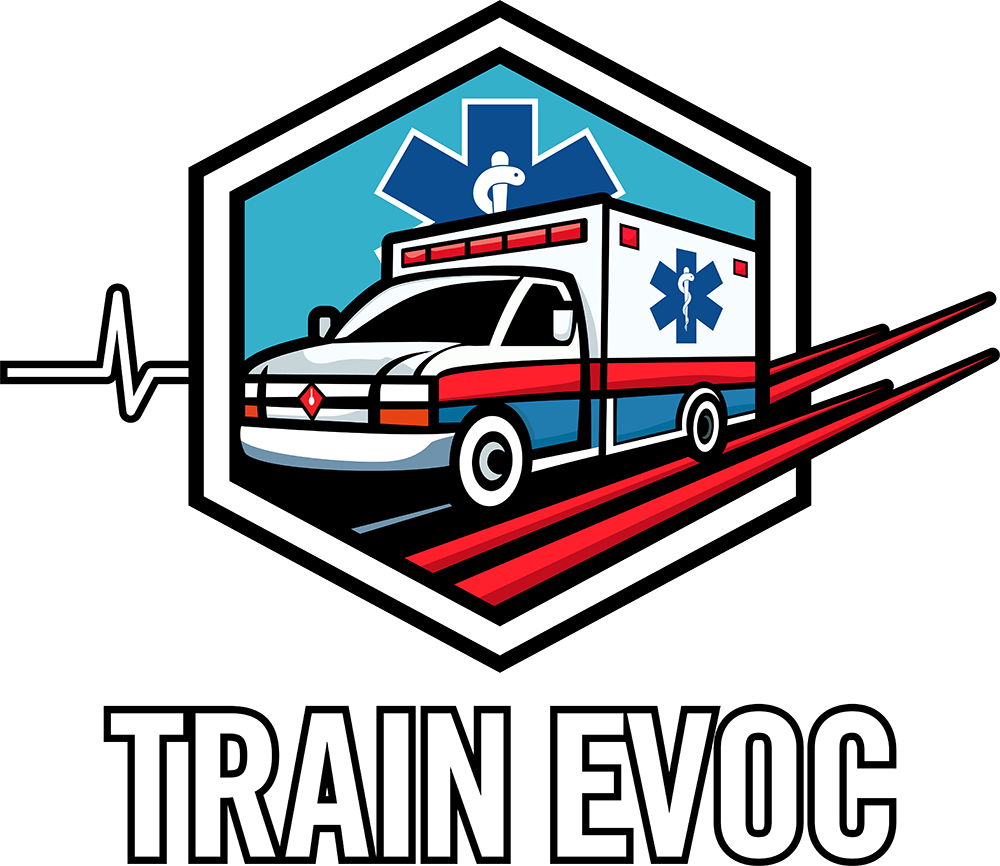In emergency response driving, seconds can make the difference between life and death. Speed is often essential, but what’s equally important is the ability to maintain a safe following distance from other vehicles on the road. For first responders, this isn’t just about avoiding collisions—it’s about staying in control of the vehicle, anticipating the unexpected, and ensuring that both the responder and the public are kept safe.
Why Following Distance Matters in Emergency Driving
In emergency situations, first responders must drive at high speeds, navigate through heavy traffic, and often take unpredictable routes to reach their destination quickly. Following distance is one of the most crucial elements of emergency driving because it determines how much time and space the driver has to react to obstacles, sudden stops, or erratic drivers.
When responding to emergencies, it’s not just about how fast you can get to the scene—it’s about managing risk effectively. A proper following distance gives the driver room to react if:
- The vehicle ahead makes an unexpected stop or slows down abruptly.
- Traffic patterns change unexpectedly, requiring a sharp maneuver.
- Pedestrians, cyclists, or other obstacles suddenly enter the vehicle’s path.
Training Emergency Responders to Maintain Safe Following Distance
In EVOC (Emergency Vehicle Operator Course) training, maintaining a proper following distance is one of the first skills emphasized. Emergency responders are taught to:
- Assess road conditions and traffic flow before entering high-speed situations.
- Calculate safe following distances based on their speed and road conditions.
- Always be prepared to stop or slow down at a moment’s notice.
Instructors stress that during a high-speed response, it’s crucial to avoid tailgating. If an emergency vehicle follows too closely, the driver doesn’t have enough time to react to a sudden stop, or an unexpected change in road conditions. Proper training emphasizes awareness, anticipating the actions of other drivers, and ensuring there’s enough space to safely stop or maneuver without putting others at risk.
The Impact of Proper Following Distance on Safety
Statistics reveal that improper following distance is one of the leading causes of emergency vehicle accidents. According to the National Highway Traffic Safety Administration (NHTSA), accidents involving emergency vehicles can cause significant injuries or fatalities, particularly when the vehicle doesn’t have enough space to respond quickly. By maintaining a safe following distance, emergency responders can drastically reduce the likelihood of collisions.
In addition, proper following distance helps preserve the integrity of the emergency response. If a crash occurs due to tailgating, the delay in reaching the emergency scene could endanger lives.
Legal Implications for Emergency Responders
If an emergency vehicle is involved in an accident caused by improper following distance, it could result in legal consequences. While responders have certain privileges, such as being allowed to disregard certain traffic rules, they are still expected to drive safely and responsibly. Failure to maintain a proper following distance could lead to:
- Traffic citations or fines for reckless or unsafe driving.
- Liability for damages caused by the collision, including injuries to civilians or fellow first responders.
- Potential disciplinary action by their department for violating driving protocols.
Adverse Conditions and Following Distance
Following distance becomes even more crucial under adverse driving conditions, such as:
- Rain or fog, which reduce visibility and increase stopping distances.
- Night driving, where it’s harder to judge distances.
- Heavy traffic, where quick lane changes and abrupt stops are more frequent.
EVOC training covers these conditions by teaching drivers how to adjust their following distance based on road conditions. For example, in heavy rain, instructors will recommend increasing the distance from the vehicle ahead to account for the added braking time needed.
Technologies Helping Maintain Safe Following Distance
In modern emergency vehicles, cutting-edge technologies like adaptive cruise control, collision sensors, and automatic emergency braking systems are playing a vital role in maintaining a safe following distance. These systems not only alert drivers when they’re too close to the vehicle ahead, but also help regulate speed, enhancing overall safety. As awareness grows within departments, many are increasingly investing in and integrating these technologies to proactively reduce the risk of accidents and ensure safer operations. While these technologies are incredibly useful, they should never replace driver awareness and decision-making. First responders are trained to rely on their instincts, driving experience, and judgment to navigate through traffic while maintaining a safe distance.
For emergency responders, maintaining a safe following distance is about much more than compliance—it’s about keeping everyone on the road safe, especially in critical situations. By following proper protocols and maintaining an adequate distance, emergency drivers are better prepared to respond swiftly and avoid accidents.
